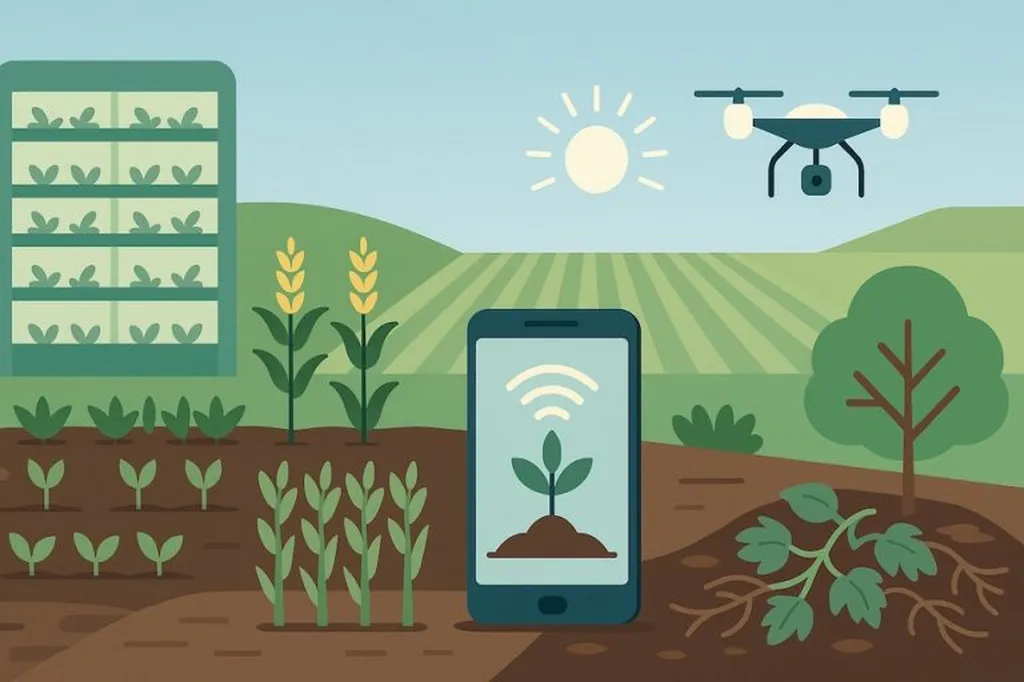In the face of a burgeoning global population, climate change, and the persistent challenges of poverty and urbanization, the agricultural sector is under immense pressure to meet food security and nutrition demands sustainably. A recent special collection published in ‘Plants, People, Planet’ (translated to ‘Plants, Humans, Planet’) delves into the potential and controversies surrounding agricultural biotechnology, offering insights that could reshape the future of farming and the energy sector.
Led by Marjorie R. Lundgren from the Lancaster Environment Centre at Lancaster University, the collection brings together the latest research from natural and social sciences to stimulate debate and inform policy. Lundgren emphasizes the need for innovative solutions to achieve step changes in crop productivity and nutritional content while minimizing environmental impacts. “Agricultural biotechnology holds immense potential, but critical questions remain on how the technology is developed and used, and for whom,” Lundgren states.
The collection explores various aspects of agricultural biotechnology, including genetic modification, gene editing, and other advanced technologies. These innovations promise to enhance crop yields, improve nutritional content, and increase resilience to climate change. For instance, genetically modified crops can be engineered to withstand harsh environmental conditions, reducing the need for pesticides and fertilizers, which in turn lowers the environmental footprint of agriculture.
One of the key debates revolves around the ethical and social implications of these technologies. Lundgren highlights the importance of considering the broader societal impacts. “It’s not just about the science; it’s about how these technologies are integrated into farming practices and how they affect communities,” she notes. This holistic approach is crucial for ensuring that the benefits of agricultural biotechnology are equitably distributed and that the technology is used responsibly.
For the energy sector, the implications are significant. As agriculture becomes more efficient and sustainable, it can reduce its demand for energy-intensive inputs like synthetic fertilizers and pesticides. Additionally, biotechnology can enable the development of bioenergy crops that are more productive and require fewer resources, potentially lowering the cost of biofuels and other renewable energy sources. This synergy between agriculture and energy could drive innovation in both sectors, fostering a more sustainable and resilient future.
The collection also addresses the challenges of regulatory frameworks and public perception. Lundgren points out that clear and transparent communication is essential for gaining public trust and support for agricultural biotechnology. “We need to engage with stakeholders, including farmers, consumers, and policymakers, to ensure that the benefits of these technologies are widely understood and accepted,” she explains.
As the world grapples with the complexities of feeding a growing population while mitigating climate change, agricultural biotechnology offers a beacon of hope. The research compiled by Lundgren and her colleagues provides a comprehensive overview of the opportunities and challenges ahead, paving the way for informed decision-making and policy development. By fostering a nuanced understanding of these technologies, the collection aims to stimulate a productive and inclusive debate that will shape the future of agriculture and, by extension, the energy sector.
Published in ‘Plants, People, Planet’, this special collection is a timely and invaluable resource for anyone interested in the intersection of agriculture, technology, and sustainability. As the world continues to evolve, the insights and debates sparked by this research will be instrumental in navigating the path forward.

